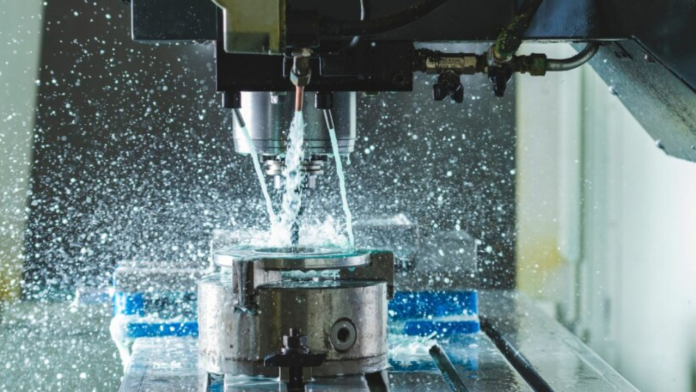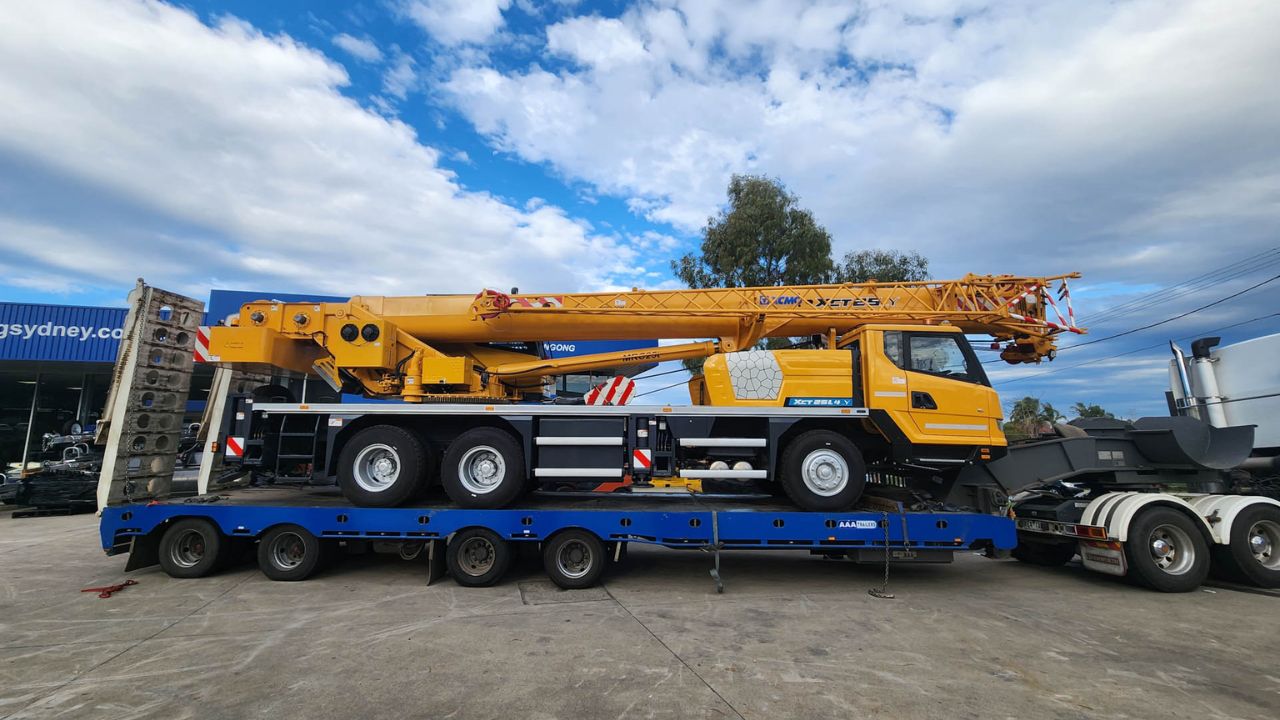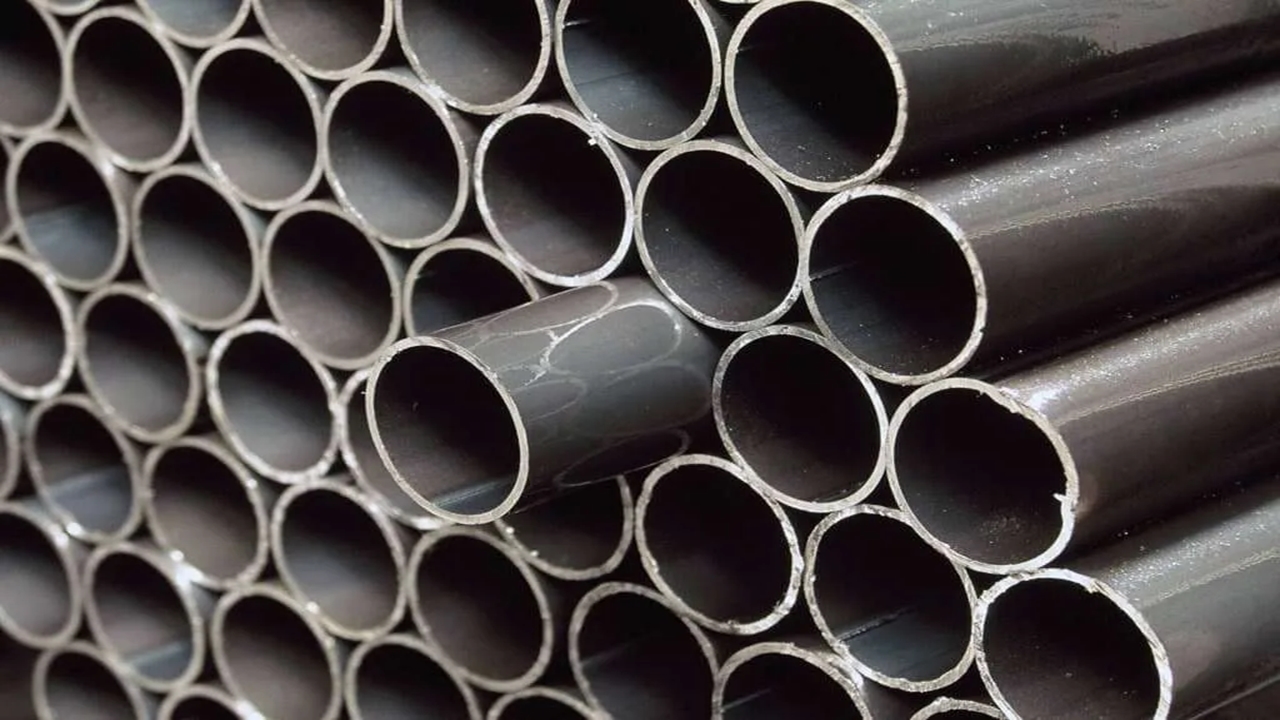In contemporary manufacturing processes, CNC machining has taken center stage. The needs of various production stages are met by this technology, which is used by most industries. CNC milling is capable of handling any task, from mass production to prototyping. A lot of experts are curious about this technology’s performance in comparison to other options, nevertheless.
Comparing the effectiveness of CNC and manual machining processes is one of the most frequently asked questions. Selecting between cnc machining vs manual machining is an important decision that has an immediate effect on productivity, accuracy, and efficiency. Both strategies have benefits, and manufacturers who want to improve must be aware of the drawbacks and benefits of each.
The Benefits of CNC Machining Compared to Hand Machining
There are two methods for making parts and components: manual machining and CNC (Computer Numerical Control) machining. Every method has a unique set of benefits, and the decision between them is influenced by several variables, including the part’s complexity, production volume, accuracy requirements, and cost issues. The following are some benefits of both manual and CNC machining:
Unmatched Accuracy and Precision:
Outstanding accuracy and precision are well-known characteristics of CNC machining. Computer-controlled devices produce consistently accurate and repeatable results by closely adhering to preprogrammed instructions. It is frequently difficult to consistently achieve this level of accuracy with manual machining.
Complexity and Repetition:
CNC devices perform exceptionally well with intricate and complex designs. They have no trouble duplicating the same design again, guaranteeing consistency between batches. For mass production where accuracy and consistency are crucial, this makes CNC machining perfect.
Time Efficiency:
CNC machining production times are greatly decreased by automated processes. After it is programmed, the machine can run continuously without interruption, which helps it process tasks more quickly than when using manual methods. Tight production schedules will especially benefit from this increased efficiency.
Multi-Axis Machining Capability:
CNC machines frequently have multi-axis capabilities, which enable the cutting tools to be moved simultaneously along multiple axes. This capability makes it possible to machine intricate contours and complex geometries that would be difficult or impossible to machine by hand.
Decreased Operator Skill Requirements:
Operators of CNC machines need to possess less manual skill. The machine’s automation plays a major role in the actual machining process, even though programming and setup require expertise. This lessens the need for highly qualified machinists, which facilitates operation and management.
Versatility in Material Handling:
When it comes to handling a variety of materials, manual machining is frequently more adaptable. Expert machinists can modify their methods to work with a broad variety of metals, polymers, and other materials, which makes them appropriate for applications where the type of material may change.
Customization and Prototyping:
For custom work and prototyping, manual machining is especially well-suited. Machinists can quickly prototype and create unique pieces because they are adept at making adjustments on the spot. This degree of flexibility is essential in sectors where customized or prototype parts are frequently used.
Cost-Effective for Small Production Runs:
Setting up and programming a CNC machine can be more expensive than hand machining in situations with low production volumes. Manual equipment is an affordable option for specialized projects or small-scale production due to its low initial cost and ease of use.
Craftsmanship and Skill Development:
Operating manual machinery calls for a high degree of craftsmanship and skill. A thorough understanding of the machining process is developed by machinists, which improves their capacity to create complex and accurate components. This focus on developing skills fosters a strong sense of pride in the final product and craftsmanship.
Adaptability to Non-Standard Shapes:
Working with non-standard or irregular shapes is made easier for machinists when they employ manual machining. Manual machines can be manipulated by skilled operators to accommodate special geometries, which makes them appropriate for tasks that CNC machines might find difficult to complete without specialized fixtures.
Finally
The decision between CNC and manual machining depends on the particulars of the job. For large-scale production, CNC provides unparalleled accuracy and efficiency, while manual machining excels in adaptability and customization. Finding a middle ground or favoring one approach over another will rely on the particular requirements, financial constraints, and manufacturing process objectives.













